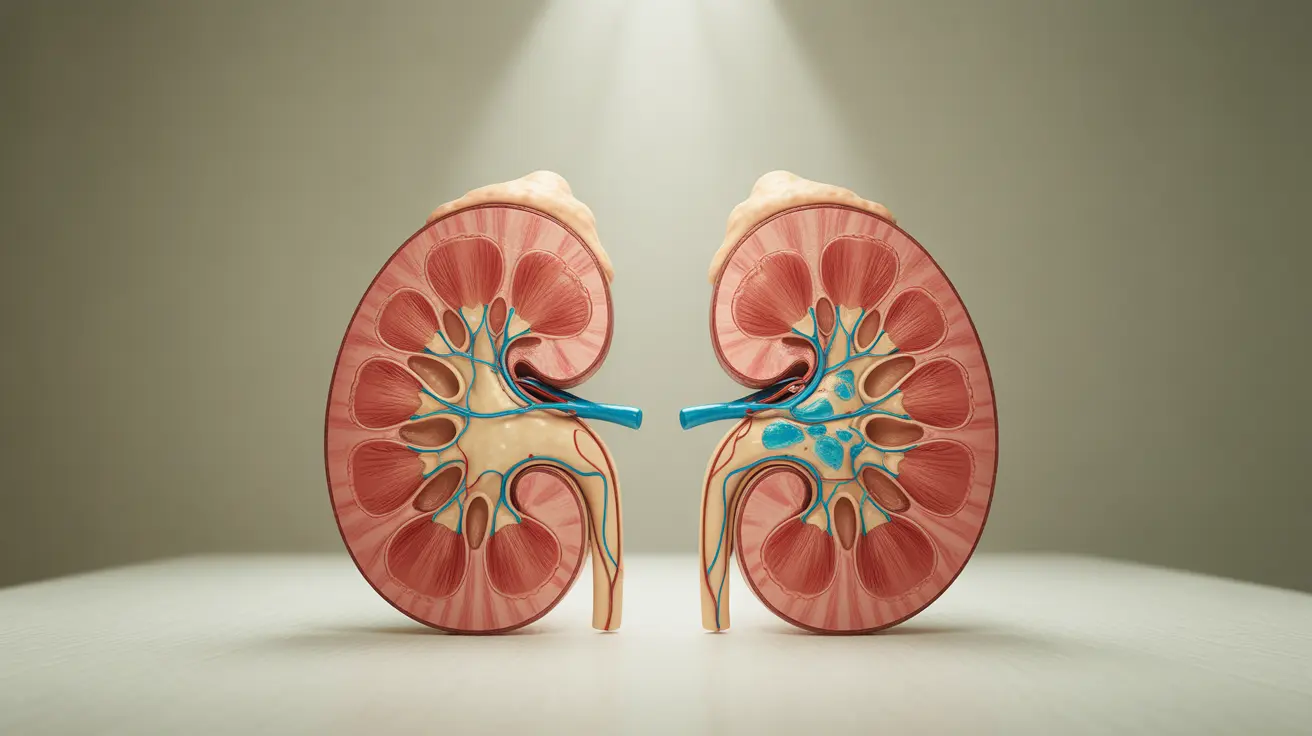Experiencing body aches during pregnancy is a common concern that affects many expectant mothers. As your body undergoes significant changes to accommodate your growing baby, various types of discomfort can emerge throughout the nine months of pregnancy. Understanding these aches and knowing how to manage them safely is crucial for maintaining comfort and well-being during this special time.
From lower back pain to joint discomfort, pregnancy-related body aches can vary in intensity and location. This comprehensive guide will help you understand why these aches occur, how to manage them safely, and when to seek medical attention.
Common Types of Pregnancy-Related Body Aches
During pregnancy, your body experiences several changes that can lead to different types of aches and discomfort:
Lower Back Pain
Lower back pain is one of the most frequent complaints during pregnancy, typically becoming more pronounced in the second and third trimesters. This discomfort often results from the growing uterus shifting your center of gravity and putting additional strain on your back muscles.
Round Ligament Pain
This sharp, pulling sensation in the lower abdomen or groin area occurs as the ligaments supporting your uterus stretch to accommodate your growing baby. It's particularly noticeable during quick movements or position changes.
Joint and Pelvic Pain
The hormone relaxin, which helps prepare your body for childbirth, can cause joints to become more flexible. This increased mobility, particularly in the pelvic area, can lead to discomfort and pain while walking or changing positions.
Safe Management Strategies for Pregnancy Body Aches
Physical Activity and Exercise
Regular, gentle exercise can help alleviate body aches during pregnancy. Consider these safe options:
- Prenatal yoga
- Swimming
- Walking
- Gentle stretching
- Pregnancy-specific exercise classes
Proper Posture and Body Mechanics
Maintaining good posture and being mindful of your body mechanics can significantly reduce pregnancy-related aches:
- Keep your back straight when sitting
- Use a pregnancy pillow for sleep support
- Avoid lifting heavy objects
- Take frequent breaks from prolonged standing or sitting
Natural Relief Methods
Several natural approaches can help manage pregnancy body aches effectively:
- Warm (not hot) baths
- Prenatal massage
- Heat or cold therapy
- Support belts or bands
- Regular rest periods
When to Seek Medical Attention
While most body aches during pregnancy are normal, certain symptoms warrant immediate medical attention:
- Severe, persistent pain
- Pain accompanied by bleeding or spotting
- Regular cramping sensations
- Chest pain or difficulty breathing
- Sudden, intense headaches
Frequently Asked Questions
What are the most common body aches during pregnancy, and how do they feel?
The most common body aches during pregnancy include lower back pain, round ligament pain, and pelvic discomfort. These aches can range from dull and persistent to sharp and intermittent, often feeling like pulling sensations, pressure, or general soreness.
How can I safely manage body aches during pregnancy without medication?
Safe management techniques include gentle exercise, proper posture, prenatal yoga, swimming, using support pillows, applying heat or cold therapy, and getting prenatal massages. Regular rest periods and staying active within comfortable limits can also help manage discomfort.
Can hormonal changes during pregnancy cause nerve pain, such as sciatica?
Yes, hormonal changes during pregnancy, particularly the release of relaxin, can affect nerve pathways and lead to conditions like sciatica. The growing uterus can also put pressure on nearby nerves, causing shooting pain or numbness down the legs.
What are some effective ways to prevent or reduce swelling and pain in the feet and ankles during pregnancy?
To reduce foot and ankle discomfort, elevate your feet regularly, wear comfortable supportive shoes, stay hydrated, avoid standing for long periods, perform gentle ankle exercises, and consider using compression stockings after consulting with your healthcare provider.
Are body aches during pregnancy something I should be concerned about, or do they typically resolve after delivery?
Most pregnancy-related body aches are normal and typically resolve after delivery. However, severe or persistent pain, especially when accompanied by other concerning symptoms, should be evaluated by a healthcare provider. The body generally returns to its pre-pregnancy state within several months postpartum.




